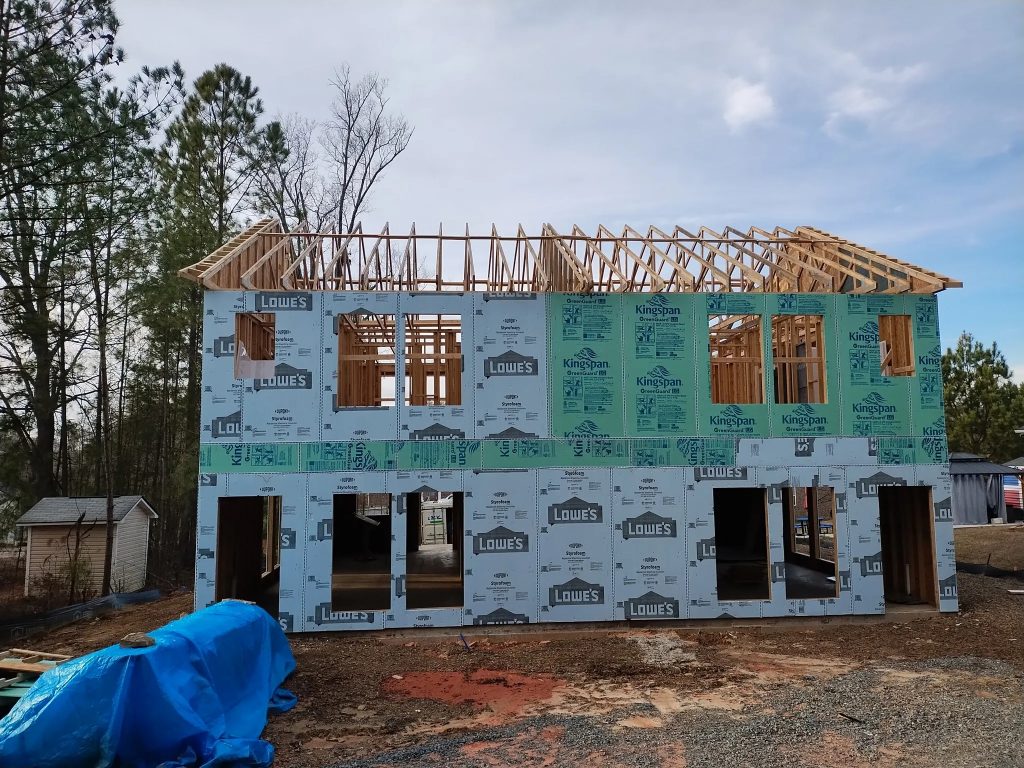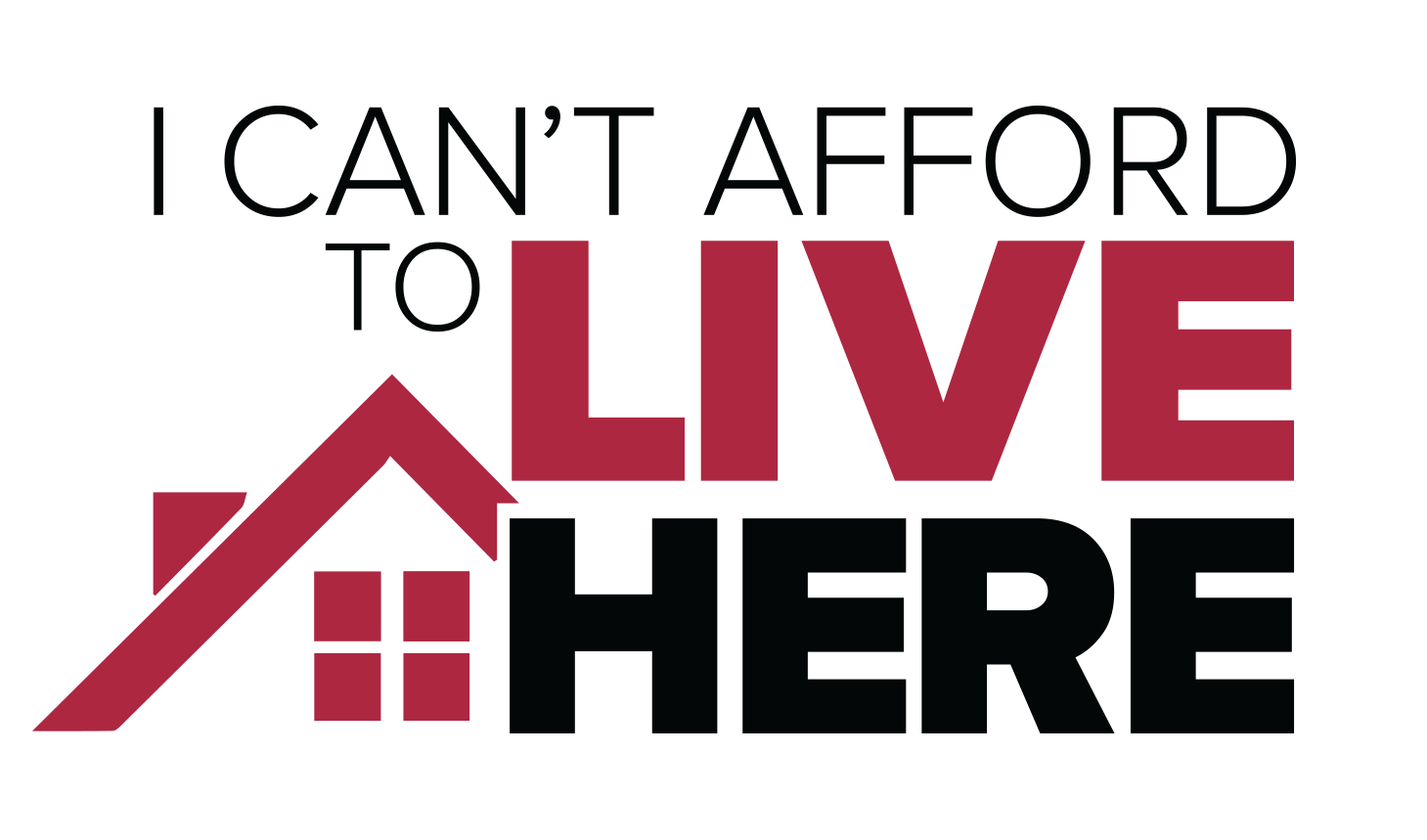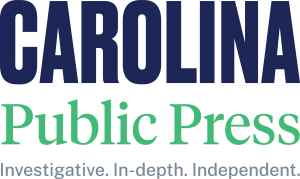The end of a federal moratorium on evictions has not yet resulted in a significant spike in local homelessness, say two key Charlotte nonprofit organizations focused on the issue.
While homelessness increased during the pandemic, new shelters and services that did not exist in 2019, as well as new investments of community resources, donations and volunteers, may have helped to prevent steep increases, said Randall Hitt, vice president of engagement for Roof Above, which provides housing and other services to homeless populations.
And at the Salvation Army Center of Hope, Deronda Metz, director of social services, reported that the center’s shelter also had not yet seen a significant increase. But Metz indicated it may take time for the policies to have an impact. Roof Above focuses on men, and the Center of Hope focuses on women and children.
In early January, Hitt said resources invested during the last two years in new shelters, motels and alternative housing may not be sustainable for the long term.
“There’s still a steady flow of people who still need help with housing,” Hitt said. “The best way for homeless people to bridge into stable housing is to find a program bed and get a case manager for shelter and a job. For people who are eligible for subsidized housing programs, they need to get a voucher. And the housing solutions are just not out there. It might take two or three years, and in the meantime, what do they do?”
Cold winter weather may actually help prevent some evictions, said Evan Bille, an engagement specialist with Roof Above. “It could be leniency, could be vacancy, but evictions usually dip during the winter and are highest over the summer,” Bille said. “Landlords don’t want to kick people out during the holidays. And, if they go through with the eviction, that apartment will be empty and they will be losing money on it until the spring when people move in again.”
Unaffordable housing is one of the biggest causes of homelessness, Bille said. Other significant factors include medical debt, job loss, and persistent mental illness without access to needed treatment.
“It’s important that we hear and understand the demand that exists for affordable housing,” Bille said. “At the very least, what the community can do is just be aware of the crisis that’s going on, and hopefully that awareness can inspire action in our community.”
A Dec. 17, 2021 report by Carolina Public Press indicated that North Carolina eviction cases increased by 31% between August and October 2021, when eviction case filings reached 10,000 per month. The U.S. Supreme Court ended a pandemic-related federal moratorium on residential evictions on Aug. 26, 2021.
How Homeless Programs Fared in the Jan. 15-17 Winter Storm
During the weekend winter storm lasting through Martin Luther King, Jr. Day, Hitt said, Roof Above had 537 beds available in three shelters and did not need to turn people away. Additionally, the organization was able to add 100 temporary mats to the three shelters, and to divert about two dozen people to a church on Sunday night. Challenges arose when people needed to find bus transportation to get from a full shelter to another that had resources available, especially when buses were operating under weather restrictions or holiday schedules.
Hannah Aspden is a student in the James L. Knight School of Communication at Queens University of Charlotte, which provides the news service in support of local community news.
This story is part of I Can’t Afford to Live Here, a collaborative reporting project focused on solutions to the affordable housing crisis in Charlotte.




 The Charlotte Journalism Collaborative is supported by the Local Media Project, an initiative launched by the Solutions Journalism Network with support from the Knight Foundation to strengthen and reinvigorate local media ecosystems.
The Charlotte Journalism Collaborative is supported by the Local Media Project, an initiative launched by the Solutions Journalism Network with support from the Knight Foundation to strengthen and reinvigorate local media ecosystems.








